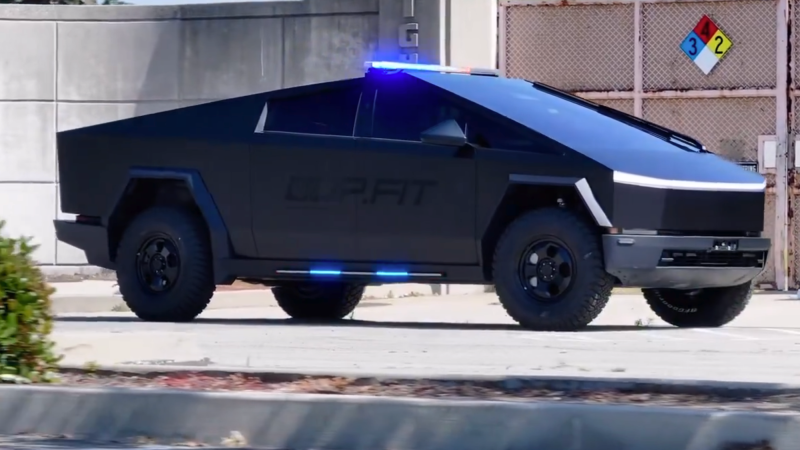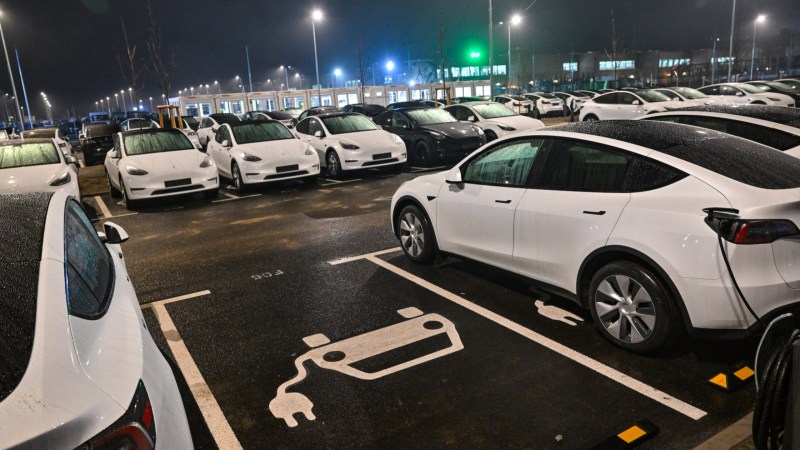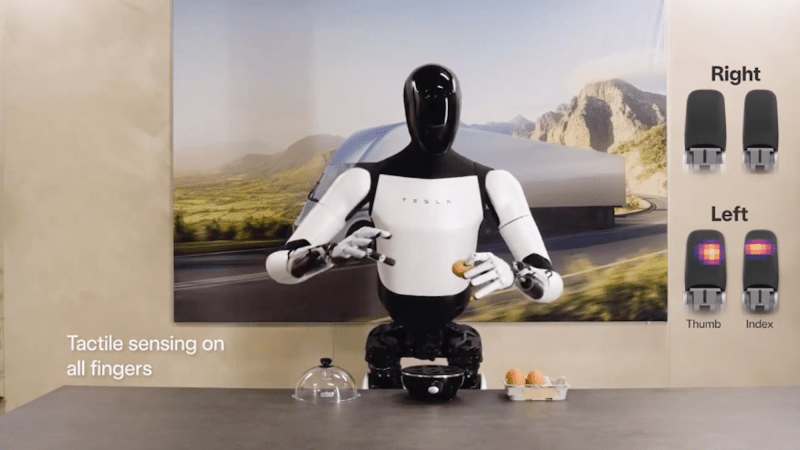

Firefighters recently resorted to breaking a Tesla’s window to free a 20-month-old child locked inside after one of the vehicle’s batteries died. The emergency rescue is the second of such incidents reported on this week by Arizona CBS news affiliate KPHO and reiterates the potential dangers of the EV company’s ongoing, under-addressed battery issues in extreme heat.
The frequently documented problem is tied to a smaller, separate 12V battery located in the EV that controls windows, door locks, and various other internal electronics. Even if a Tesla’s main battery is charged, the car can trap people inside if the secondary battery drains or malfunctions. All Tesla owner manuals note a supposedly simple solution—unlabeled manual door releases located in front of the window controls and at the feet of rear passenger seats. But given that most car owners are more familiar with being locked out than locked inside a vehicle, many people likely remain unaware of the emergency stopgap.


Speaking with KPFO earlier this week, however, a grandmother in Phoenix explained she became locked out of her Tesla last month after the 12V battery died with her granddaughter stuck inside on a day when temperatures rose well above 100-degrees Fahrenheit. Tesla owners are supposed to receive three alert warnings before the small battery finally dies, the company’s service department reportedly confirmed that the grandmother never received them. After calling 911, firefighters apparently voiced their mounting frustrations over the continuing issue.
“When they got here, the first thing they said to me was, ‘Ugh. It’s a Tesla. We can’t get in these cars,’” the woman said. Emergency responders eventually rescued her granddaughter only after using an ax to break open one of the EV’s windows.
[Related: Militarized Cybertruck cop cars are coming.]
These aren’t the first instances of the potentially life-threatening technical problem. In July 2023, a 73-year-old man was reportedly forced to kick out a window in his Model Y after becoming trapped. A similar emergency occurred for a mother and her daughter in Illinois a few weeks later after renting a Tesla, while a California driver last month claimed she found herself stuck in her EV while waiting on an over-the-air software update that shut down her car. In the 40 minutes it took to complete the update, outside temperatures rose to 115-degrees Fahrenheit.
The only other workaround to battery issues appears to be a step-by-step solution in the owner’s manual that only opens a dead Tesla’s front hood by ostensibly hotwiring the car using external jumper cables. If this is the case, then people who find themselves locked out of their EV may need to continue relying on EMS—and their axes—until Tesla decides to address the glaring safety hazard.
Popular Science reached out to Tesla for comment through its owner’s manual feedback email, since the company does not have a publicly facing media department. They did not respond at the time of writing.






















